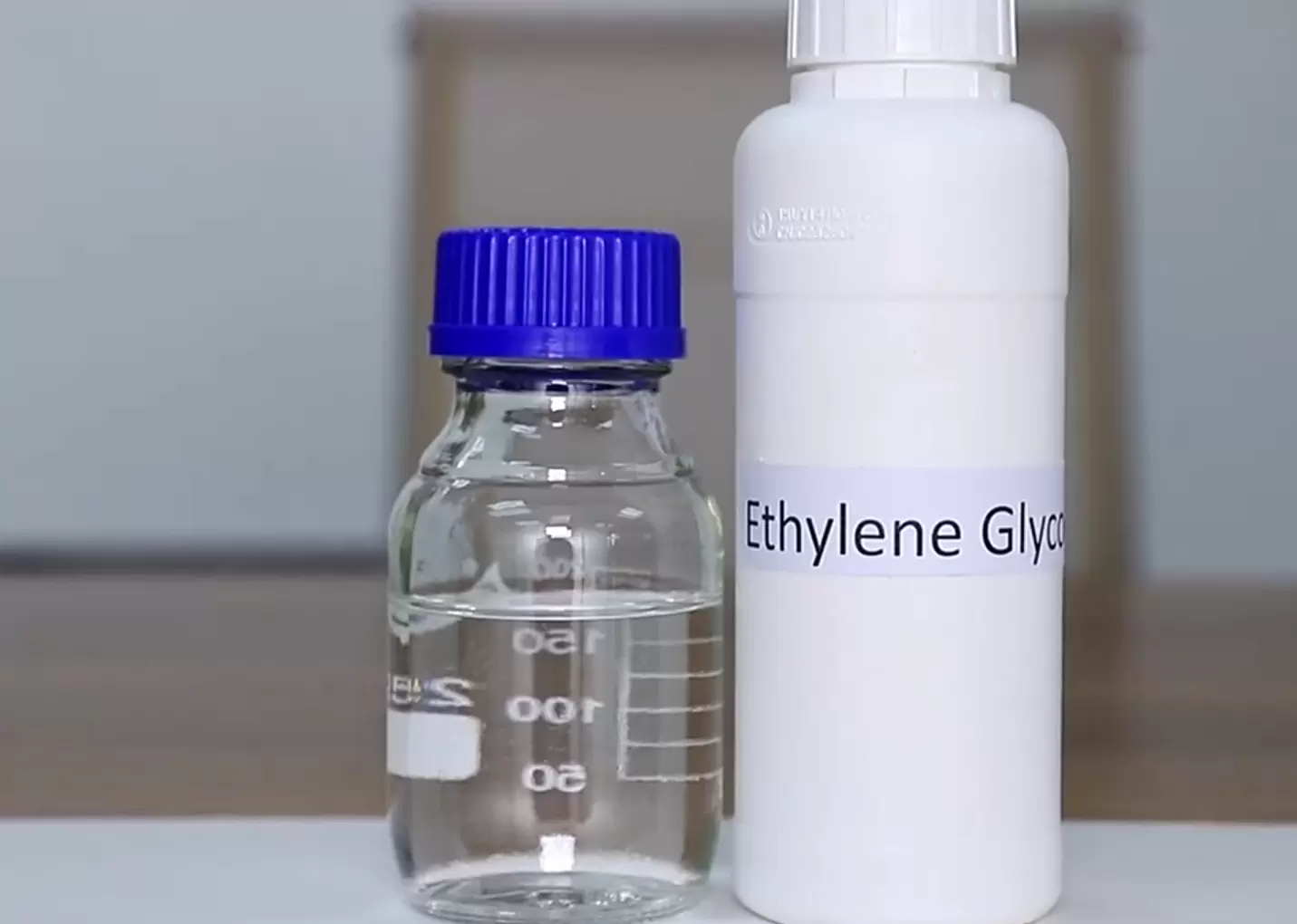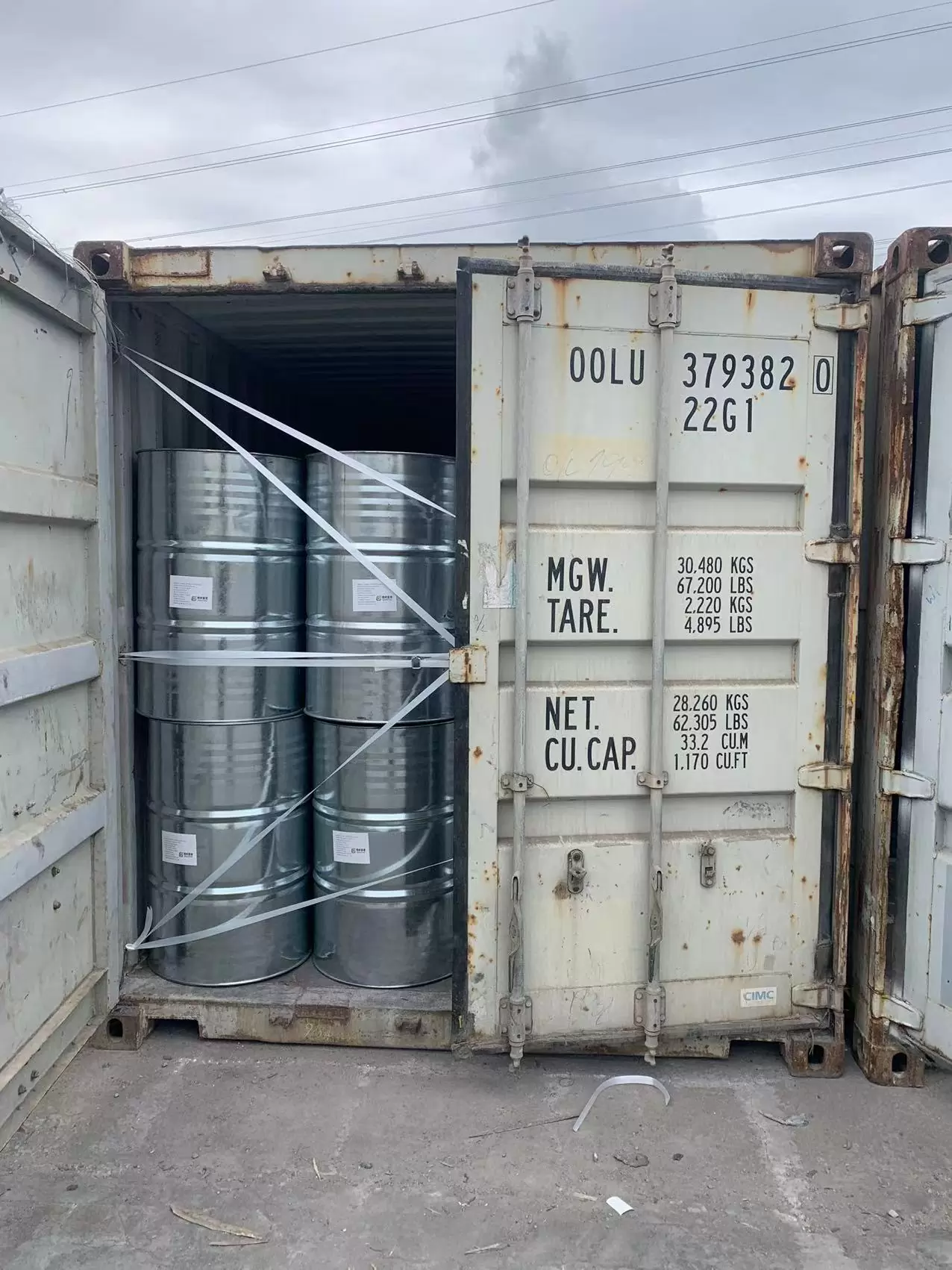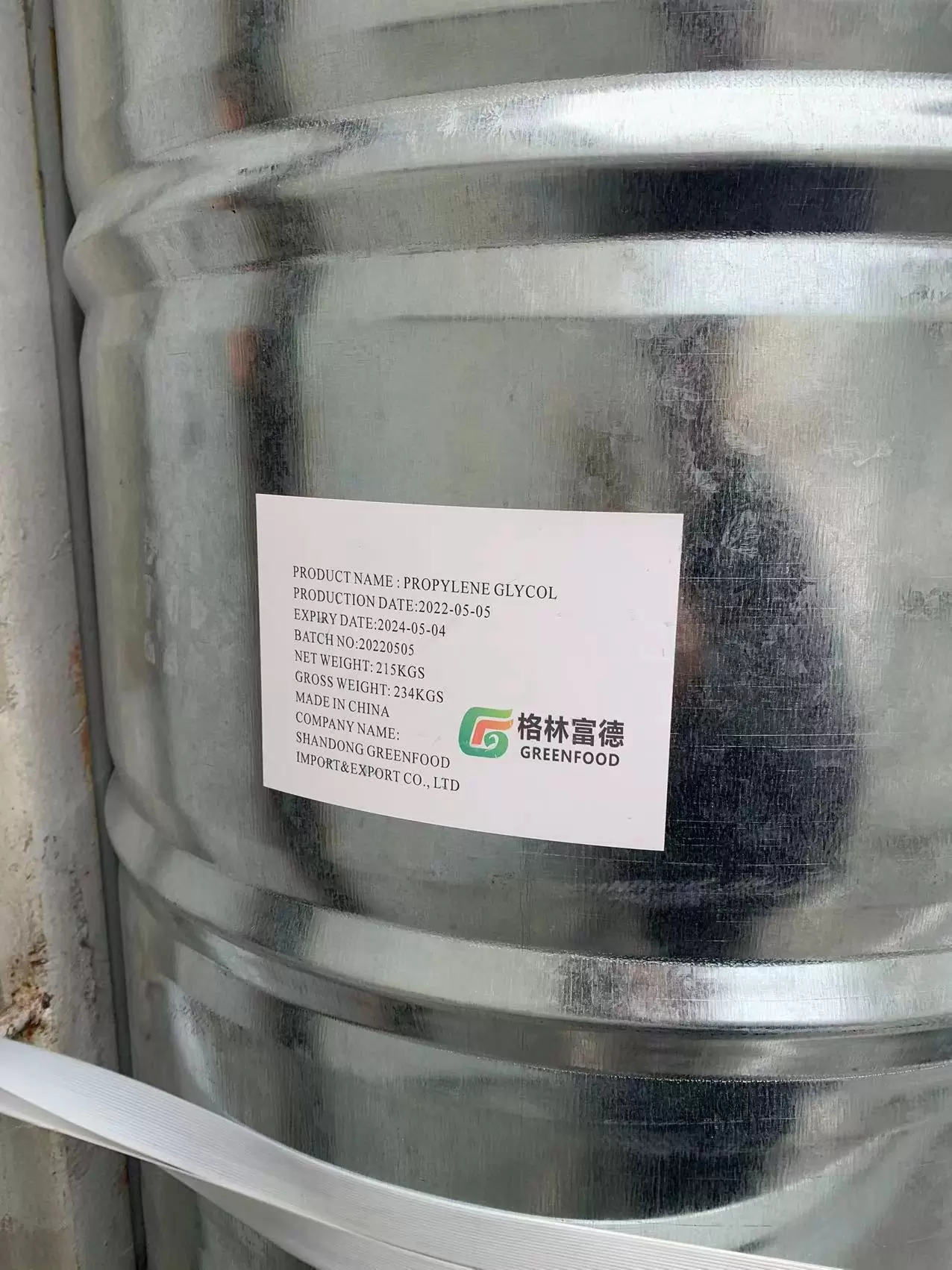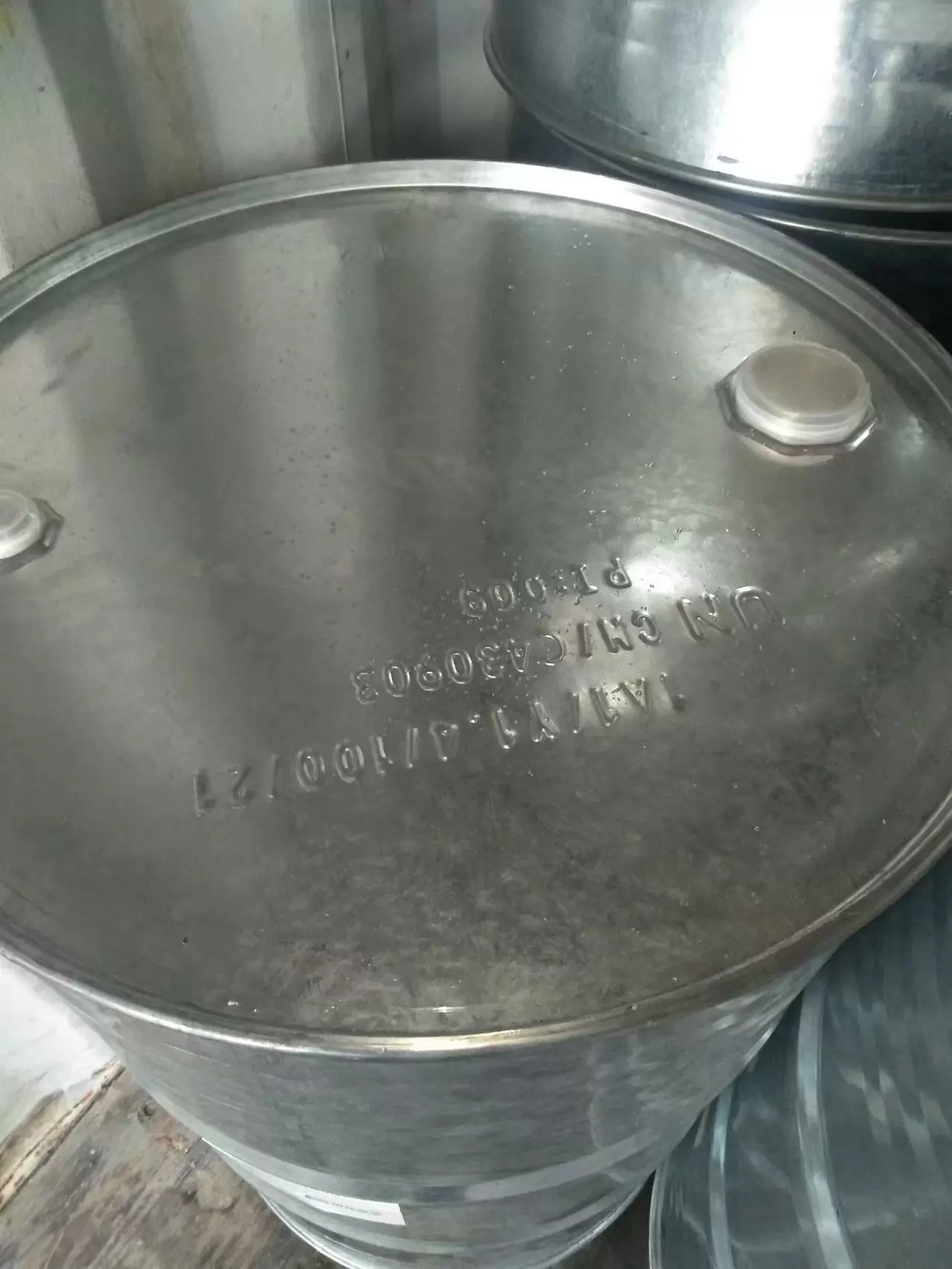Propylene glycol is an alcohol that absorbs water and mixes completely with many solvents. While you might see propylene glycol described as an organic compound, this does not mean it’s naturally occurring. Rather the term organic compound refers to the fact that it contains carbon.
While it’s a liquid, propylene glycol can become vapor in the air when it is heated or shaken vigorously. Propylene glycol is generally considered safe and non-toxic by the US Food and Drug Administration (FDA).
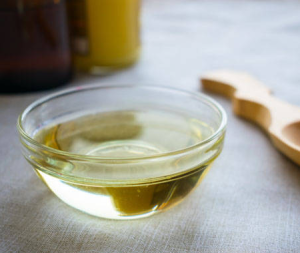
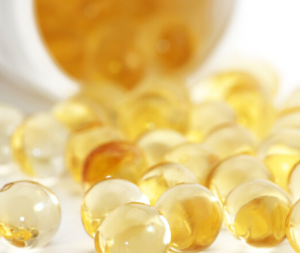
Propylene glycol can be created in two different ways. It is primarily made by treating propylene oxide—a chemical produced from refining petroleum—with water.
Propylene glycol can also be obtained from glycerol, a major byproduct of the biodiesel production process. This kind of propylene glycol is mainly used for industrial purposes like making plastic or antifreeze.
Polymers
Forty-five percent of propylene glycol produced is used as a chemical feedstock for the production of unsaturated polyester resins. In this regard, propylene glycol reacts with a mixture of unsaturated maleic anhydride and isophthalic acid to give a copolymer. This partially unsaturated polymer undergoes further crosslinking to yield thermoset plastics. Related to this application, propylene glycol reacts with propylene oxide to give oligomers and polymers that are used to produce polyurethanes. Propylene glycol is used in water-based acrylic architectural paints to extend dry time which it accomplishes by preventing the surface from drying due to its slower evaporation rate compared to water.
Food and drug
Propylene glycol is also used in various edible items such as coffee-based drinks, liquid sweeteners, ice cream, whipped dairy products and soda. Vaporizers used for delivery of pharmaceuticals or personal-care products often include propylene glycol among the ingredients. In alcohol-based hand sanitizers, it is used as a humectant to prevent the skin from drying. Propylene glycol is used as a solvent in many pharmaceuticals, including oral, injectable, and topical formulations. Many pharmaceutical drugs which are insoluble in water utilize propylene glycol as a solvent and carrier; benzodiazepine tablets are one example. Propylene glycol is also used as a solvent and carrier for many pharmaceutical capsule preparations. Additionally, certain formulations of artificial tears use propylene glycol as an ingredient.

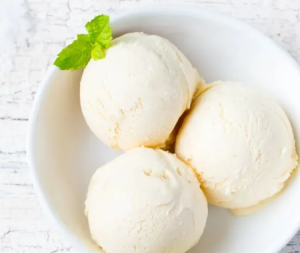
Antifreeze
The freezing point of water is depressed when mixed with propylene glycol. It is used as aircraft de-icing and anti-icing fluid. A 50% water-diluted and heated solution is used for removal of icing accretions from the fuselages of commercial aircraft on the ground (de-icing), and 100% undiluted cold solution is used only on wings and tail surfaces of an aircraft in order to prevent ice accretion from forming during a specific period of time before takeoff (anti-icing). Normally, such time-frame is limited to 15–90 minutes, depending on the severity of snowfall and outside air temperature.




